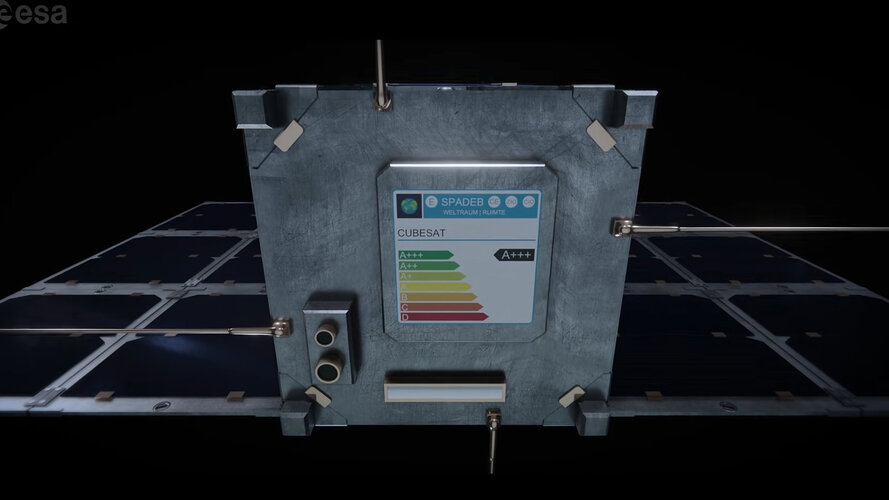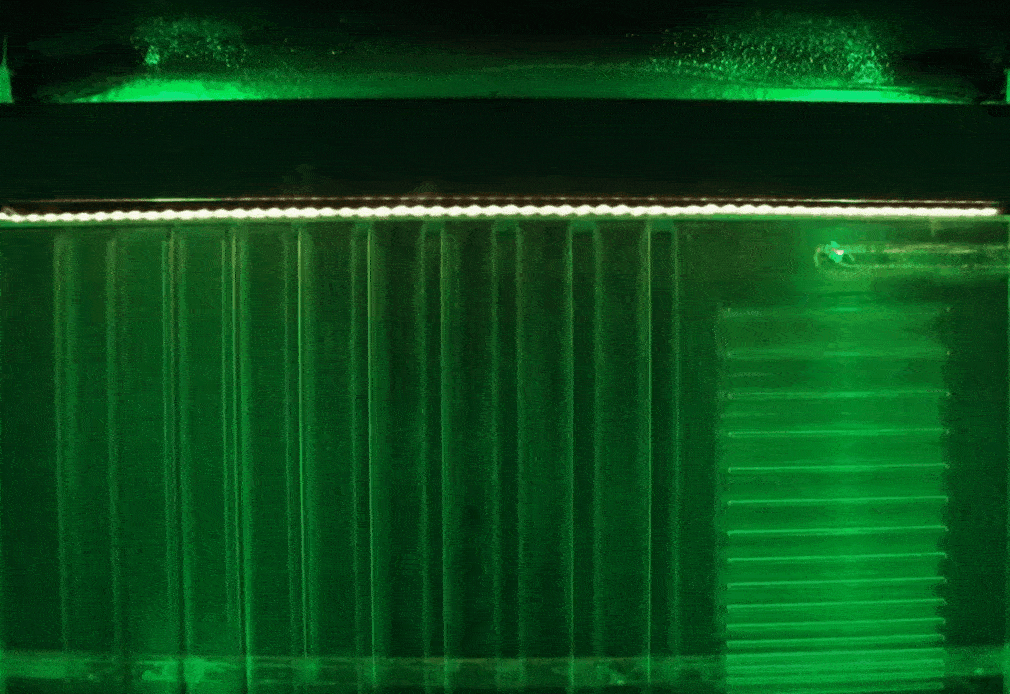
Copernical Team
Juno detects Jupiter's highest-energy ions

Call for ideas to augment satnav with imaging sensors & 3D maps

Busy urban centres represent key areas of demand for satellite navigation services, but dense concentrations of high buildings mean that satnav signal reception may sometimes fall short. So ESA is issuing a call for ideas to make up for such service gaps through the use of imaging and 3D mapping technology – ahead of a dedicated workshop on 6 July.
Space sustainability rating to shine light on debris problem

There’s a problem brewing overhead. Invisible to the naked eye and relatively unheard of, it threatens our future in space – space debris.
A new ‘Space Sustainability Rating’ is currently in development that will shed light on the problem, scoring space operators on the sustainability of their missions, increasing the transparency of their contributions to protecting the space environment and encouraging and recognising responsible behaviour.
EXPLAINER: The significance of China's new space station

First astronauts arrive at China's space station
 The first astronauts arrived at China's new space station on Thursday in the country's longest crewed mission to date, a landmark step in establishing Beijing as a major space power.
The trio blasted off on a Long March-2F rocket from the Jiuquan launch centre in northwest China's Gobi desert, and their craft docked at the Tiangong station around seven hours later, where they will spend the
The first astronauts arrived at China's new space station on Thursday in the country's longest crewed mission to date, a landmark step in establishing Beijing as a major space power.
The trio blasted off on a Long March-2F rocket from the Jiuquan launch centre in northwest China's Gobi desert, and their craft docked at the Tiangong station around seven hours later, where they will spend the Last chance for aspiring astronauts

The deadline to submit an application for ESA’s astronaut selection is midnight CEST Friday 18 June, giving applicants just two more days to apply.
No fire in the sky: preventing an astronaut’s worst nightmare

“A risky and dangerous situation,” recalls ESA astronaut Reinhold Ewald of the in-orbit fire he experienced aboard the Mir space station back in 1997. “The fire was so enormous and the smoke and vapour coming off this fire site was such that we couldn’t see at arm’s length – and I could not at that time have imagined that we go on with the mission.”
NASA Chief Predicts US Race with China to Put Next Human on Moon
 Chinese technical prowess demonstrated by landing a rover on Mars, plus an upcoming Russia-China announcement on cooperation in space, suggests that the United States could face competition in its bid to land two American astronauts on the Moon in 2024, NASA Administrator Bill Nelson said on Tuesday.
Nelson said China's successful May 14 landing of a rover on Mars, the second nation apart
Chinese technical prowess demonstrated by landing a rover on Mars, plus an upcoming Russia-China announcement on cooperation in space, suggests that the United States could face competition in its bid to land two American astronauts on the Moon in 2024, NASA Administrator Bill Nelson said on Tuesday.
Nelson said China's successful May 14 landing of a rover on Mars, the second nation apart Astronauts install new rollout solar panels on International Space Station
 Astronauts Thomas Pesquet of France and Shane Kimbrough of the United States spacewalked outside the International Space Station on Wednesday as they began the painstaking process of installing new solar panels to boost the orbital outpost's deteriorating power systems.
It was the first of several excursions to augment the ISS's existing eight solar arrays, with the first pair operating cont
Astronauts Thomas Pesquet of France and Shane Kimbrough of the United States spacewalked outside the International Space Station on Wednesday as they began the painstaking process of installing new solar panels to boost the orbital outpost's deteriorating power systems.
It was the first of several excursions to augment the ISS's existing eight solar arrays, with the first pair operating cont Brazil becomes first South American partner to NASA's Artemis Accords
 Brazil has become the 12th nation and the first from South America to sign onto NASA's agreement to create a safe, transparent and sustainable environment for the exploration of space.
Marcos Pontes, Brazil's minister of Science, Technology and Innovation, signed the Artemis Accords Tuesday in the capital of Brasilia during a ceremony attended by President Jair Bolsonaro, NASA said in a
Brazil has become the 12th nation and the first from South America to sign onto NASA's agreement to create a safe, transparent and sustainable environment for the exploration of space.
Marcos Pontes, Brazil's minister of Science, Technology and Innovation, signed the Artemis Accords Tuesday in the capital of Brasilia during a ceremony attended by President Jair Bolsonaro, NASA said in a 